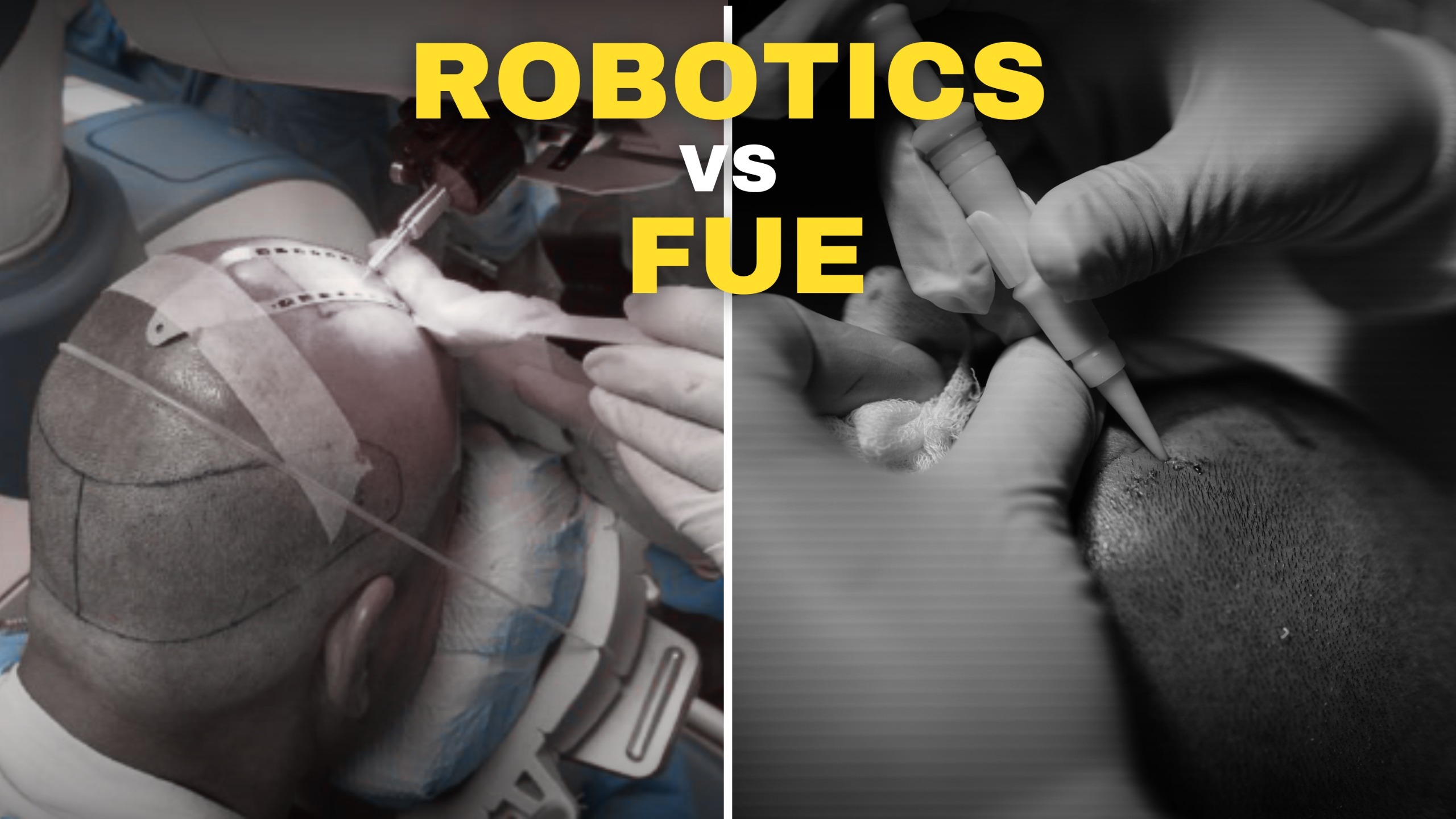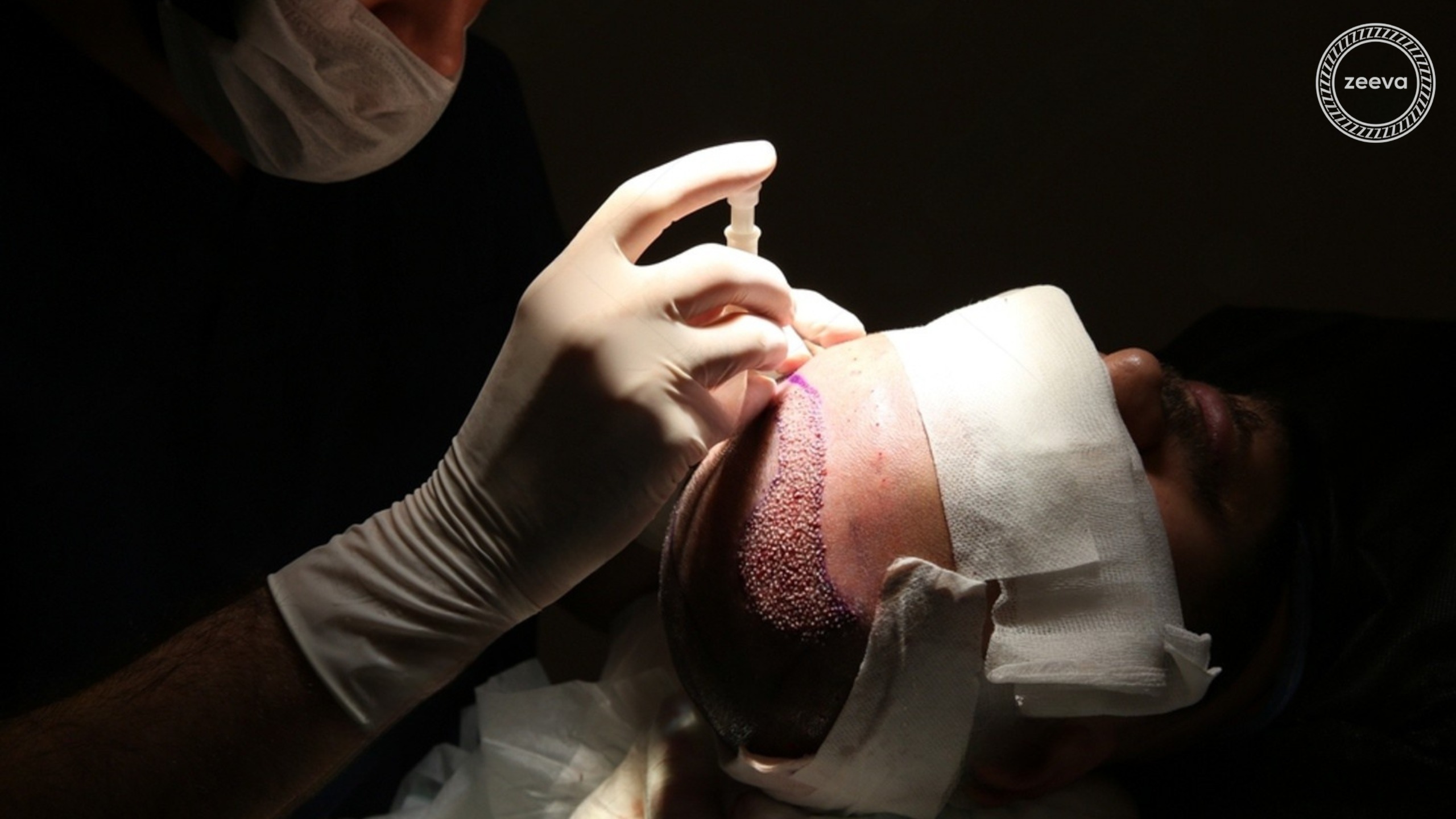
With the advance of technology in the hair transplantation field, hair transplant methods have evolved, and new tools and techniques have been discovered.
One of the most innovative hair restoration treatments is the DHT hair implantation with the Implanter pen.
In this article, we will explain to you what the Implanter Pen is, how it changed the way of operates, and its advantages and disadvantages.
The Implanter Pen was invented in 1992 at Kyungpook National University in South Korea. It is a precise and effective tool, and it is used to perform excellent hair transplantation that gives a more natural appearance.
It is a surgical tool resembling the shape of a pen, it has a 0.5 mm–1.0 mm hollow needle located at its tip.
Before becoming widely popular in our society, it was designed to solve the problem of baldness patterns in Asian men whose hair is typically thicker compared to Caucasian and African hair.
The Pen is used for hair transplant surgery with DHT, one of the most innovativemand effective transplant techniques. Thanks to the Implanter Pen, the grafts extracted from the donor area ( back of the head, beard, chest) are directly implanted on the transplanted one, without the need to make an incision on
the skin. Once the grafts are extracted they are placed in the Pen in the hollow needle (connected through a tube to the plunger) and implanted directly one by one on the bald area at an accurate angle of 30-45 degrees. The efficiency and rapidity of the pen contribute to the increase in the survival rates of transplanted follicles. In other transplant techniques, the grafts are kept outside the patient’s
body, while the doctor is opening the channel. This is a very delicate procedure since unfrozen follicles can survive outside the body for a maximum of 6 hours. The Implanter pen allows for a hair transplant without shaving the recipient area, thus being the ideal choice for a patient with long hair who does not want to shave for the procedure.
In the DHT, thanks to the Implanter pen, the grafts are implanted directly into the patient’s skin without waiting for the opening of the channels (incision).
The DHT pen makes all processes smother, decreasing the trauma and the bleeding, ensuring a faster recovery, and boosting up the survival rate of the grafts. Another difference between those two hair restoration treatments is the application. While DHT does not require patients to shave before the surgery, the FUE Sapphire does it. Also DHT Implanter Pen can achieve a higher density. Besides, the DHT pen requires more skills and experience than FUE, the medical teams undergo a long-term training period to specialize in utilizing this technique. For more than 10 years, Dr. Anchal Shah has been working in
the hair restoration field with the most advanced devices and operating with a high-trained medical team.
As earlier mentioned, the Implanter Pen makes post-operation care easier with out making any incision on the scalp, decreasing bleeding and trauma during hair transplantation. Implanter pen accelerates the recovery time and wound healing and decreases the chance of scarring. Of course, all the patients should always follow the post-operation guidelines to achieve the best possible result.
At Zeeva Clinic, we give all our patients detailed post-operative guidelines, to help and guide them during the first weeks after their hair transplantation. For more information, you can check it on our website.
As said above, a DHT hair transplant with Implanter pen has many positive sides, making the operation faster and reassuring a more natural look. However, a hair transplant performed with DHT Pen requires a well-trained and professional medical team. Not everyone can use the DHT pen appropriately, and a doctor who has not enough experience can endanger the follicles. However, with the right medical team, your hair transplant experience will be a complete success. Zeeva Clinic is one the best clinic in India that performs DHT hair transplants with Implanter pen at a very affordable price.


ZEEVA © 2024